Television is almost as old as radio, experiments beginning in the early 1900s. From September 1929, the BBC issued test transmissions “by the Baird process” daily at 11am and on 14 July 1930 sent out the first trial of a scripted play.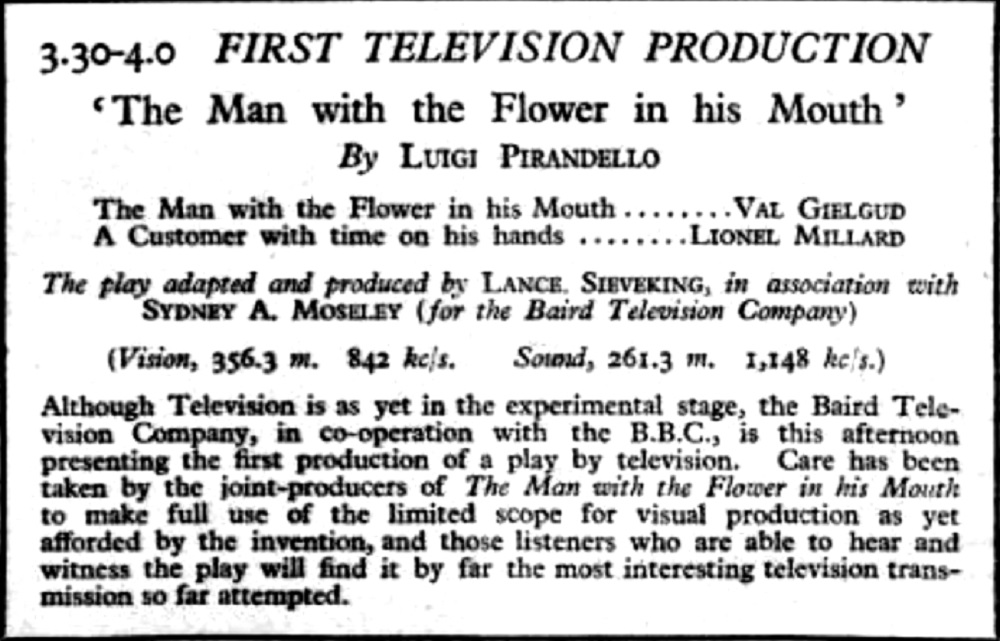 Regular TV broadcasts in the London area began in 1936, only ceasing when war broke out, as it was feared the signal might act as a beacon for enemy aircraft. Normal service, to quote a common phrase, was resumed in 1946 with broadcasts now relayed across the nation. Of course, news and entertainment could always be had from the well-established wireless (radio) programmes.
Regular TV broadcasts in the London area began in 1936, only ceasing when war broke out, as it was feared the signal might act as a beacon for enemy aircraft. Normal service, to quote a common phrase, was resumed in 1946 with broadcasts now relayed across the nation. Of course, news and entertainment could always be had from the well-established wireless (radio) programmes. Before telly – Dad tunes in the trusty wireless in December 1939, wondering if the war will be over soon
Before telly – Dad tunes in the trusty wireless in December 1939, wondering if the war will be over soon
The real boost to domestic TV came in 1953 when the Coronation of Queen Elizabeth II became the first such occasion to be televised live. My parents were among those who rented a 12-inch set, mounted in a nice walnut-veneer cabinet. This would typically cost around 13s (65p) a week to rent, or about £65 to buy (over 2 months pay for many people). Most chose to rent, being cautious about the reliability of these early sets, not to mention their relatively high cost. By 1960, the same £65 would buy you a 21-inch set, complete with a set of legs.
Independent Television (ITV) made its debut in November 1955 in London and the Midlands, giving viewers two novel experiences – a choice of channels (wow) and TV advertising. The existing BBC programmes used a pair of frequencies, one for the video signal and one for audio, together known as Channel 2. Now, with a new set or by plugging in a ‘channel adaptor’, we had Channel 9 as well.
The new network consisted of four regional franchises, co-ordinated by Associated Rediffusion, who oversaw the relaying of programmes from one area to another. All the broadcasts, of either channel, were in monochrome only, using a 405-line screen scanning resolution (low definition by modern standards but actually quite good quality).
Manchester had to wait until Thursday, 3 May 1956 when Granada TV put out its first broadcast from the brand-new studios on Quay Street, via a regional transmitter at Winter Hill. This prompted another rush to acquire TV sets. My family had recently moved to New Moston from Salford so it gave them the excuse to upgrade to a 17-inch set, with a channel knob!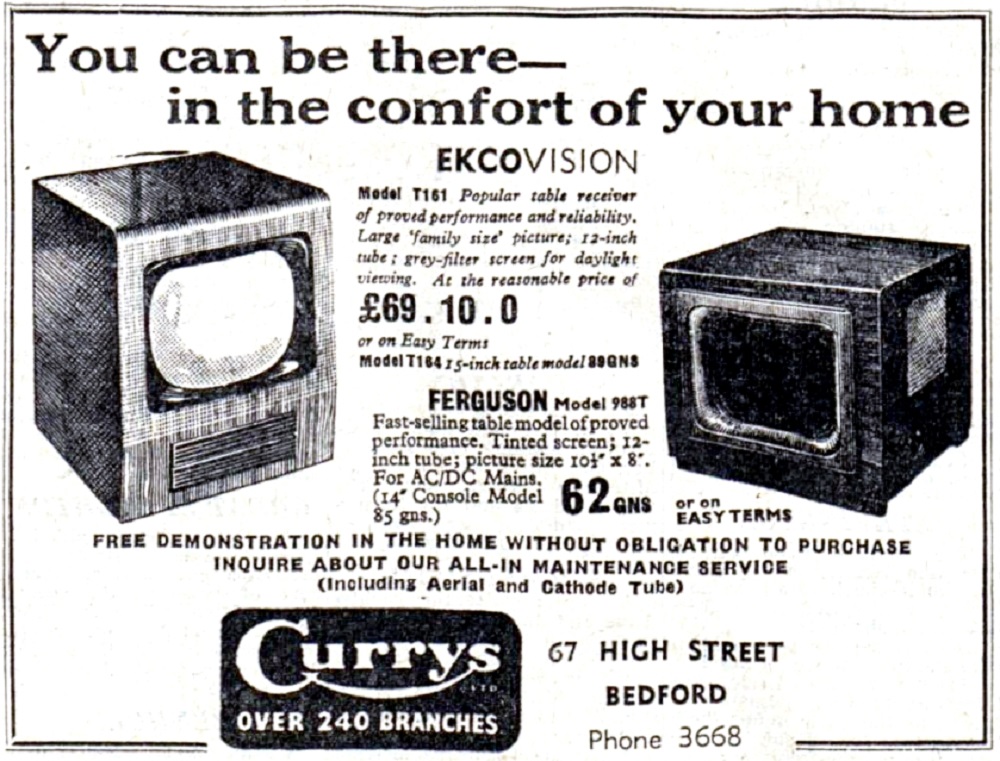 Lying face down in front of the fire, chin on hands, I goggled up at the new set. To be honest, I can’t personally remember what was on, but newspaper reports said it was an introductory live show hosted by American presenter, Quentin Reynolds, who (it turned out) was blind drunk; only some timely ad-libbing by guest Arthur Askey saved the show. Fifteen minutes in brought the first advert (for chocolate) and a quip from Arthur, “don’t worry – it’s not all as bad as this!”
Lying face down in front of the fire, chin on hands, I goggled up at the new set. To be honest, I can’t personally remember what was on, but newspaper reports said it was an introductory live show hosted by American presenter, Quentin Reynolds, who (it turned out) was blind drunk; only some timely ad-libbing by guest Arthur Askey saved the show. Fifteen minutes in brought the first advert (for chocolate) and a quip from Arthur, “don’t worry – it’s not all as bad as this!”
The new channel soon settled into a routine and, as well as a crop of H-shaped VHF aerials, spawned another magazine, the TV Times, launched in 1956 and quite separate from the Radio Times (founded in 1923). They cost 4d and 3d respectively.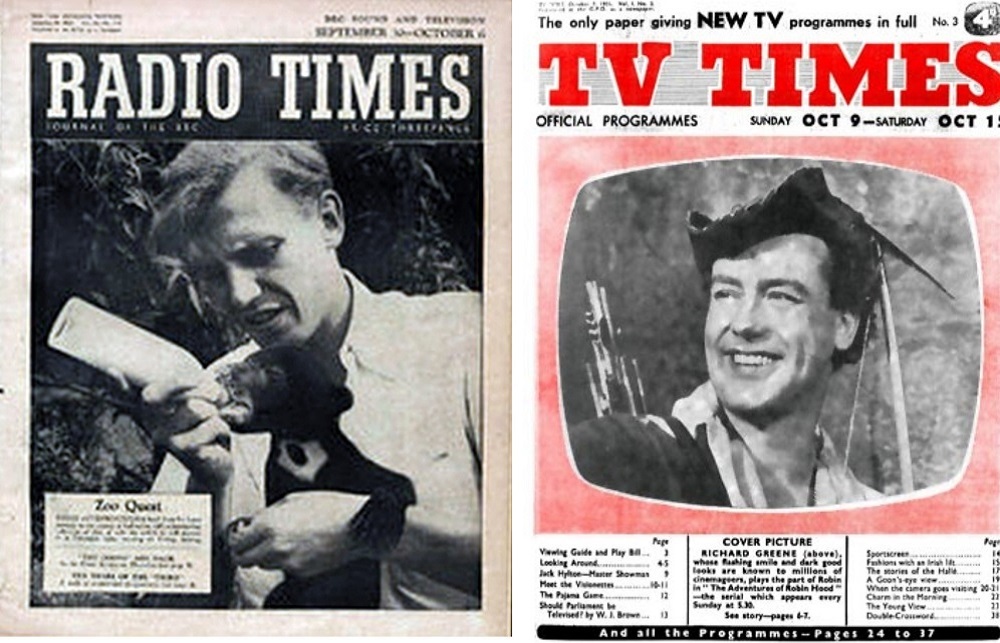 Covers of Radio Times and TV Times, both from 1956
Covers of Radio Times and TV Times, both from 1956
Programmes on either channel were still very sparse, as a typical listing for Monday, 6 May 1956, shows:-
BBC
3:00pm Countrywise; 3:45pm Watch With Mother; 4:00pm Close Down; 5:00pm Childrens Programmes; 7:00pm News & Weather, with Newsreel and Highlight; 7:30pm Adventures of the Big Man; 8:00pm What’s My Line?; 8:30pm Panorama; 9:15pm Festival of British Popular Songs; 10:00pm News & Weather; 10:15pm Soviet Visit; 10:30pm Close Down
Granada
4:00pm Travelling Eye; 5:00pm Monday Club (Roy Rogers, Space Club and Sportspot); 5:55pm News; 6:00pm Close Down; 7:00pm News, then Count of Monte Cristo; 7:30pm I’ve Got a Secret; 8:00pm Seagulls Over Sorrento (play); 9:30pm Cross Current; 10:00pm Weather, then Liberace; 10:30pm Pub Corner; 10:45pm News; 11:00pm Close Down
“Watch With Mother” was my personal pre-school favourite. This 15-minute afternoon slot had a different theme each weekday. Monday was Picture Book, Tuesday Andy Pandy, Wednesday Bill and Ben, Thursday Rag, Tag and Bobtail, with The Woodentops on Friday. Who remembers Looby Loo, Little Weed and Spotty Dog? Ah, such innocence… Living room TV, 1960s style (photo by Steve Wilson)
Living room TV, 1960s style (photo by Steve Wilson)
In the mornings just a test card would be shown. After the last evening programme, the screen would gradually shrink to a small white dot, followed by blackness and an irritating whine, to remind viewers who may have nodded off to turn off their sets!
Now, we have 24-hour, high-definition colour and over 480 channels. Back on Christmas Day 1953, the first of the Queen’s afternoon speeches went on air. It is perhaps pertinent to reflect on this continued tradition and the huge changes in media technology that have come about during the reign of one monarch.
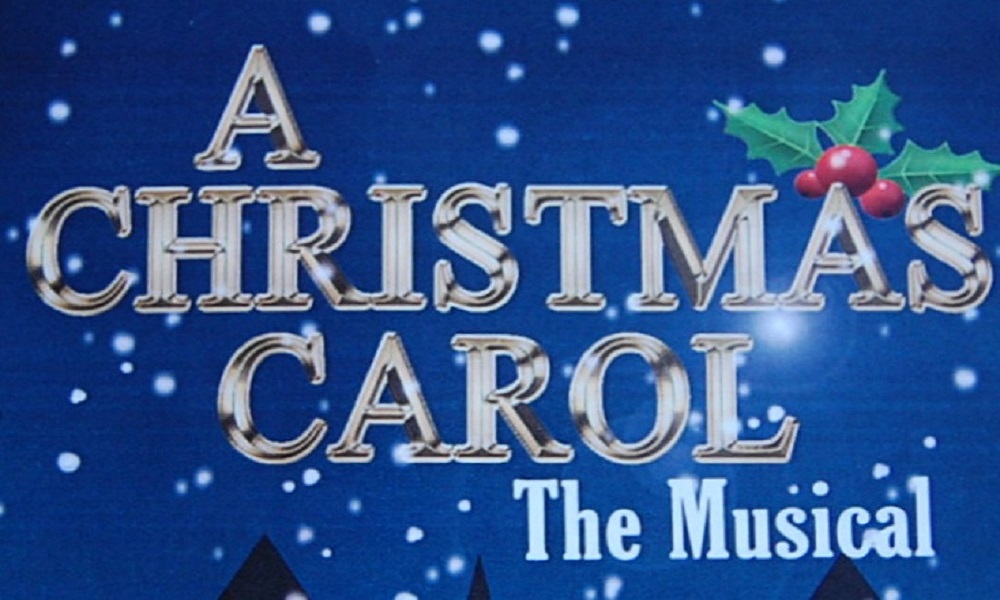
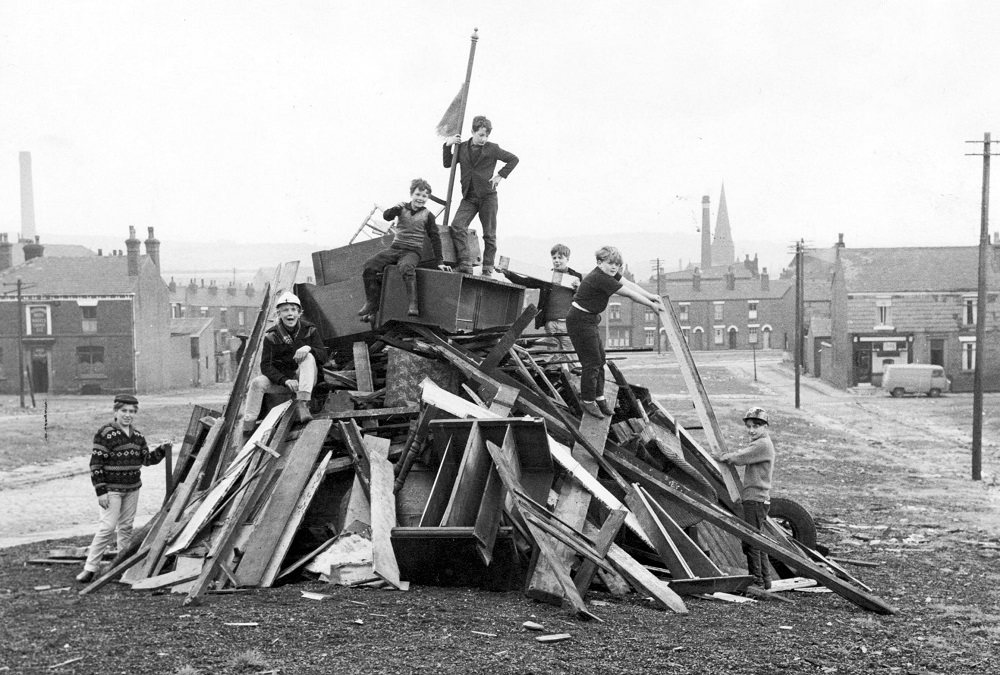 My recall of actual bonfires in Moston is rather sketchy, but fireworks are another matter. Dad chose ours individually and I spent days sorting through the collection stored in the biscuit tin under my bed (what’s Health and Safety?).
My recall of actual bonfires in Moston is rather sketchy, but fireworks are another matter. Dad chose ours individually and I spent days sorting through the collection stored in the biscuit tin under my bed (what’s Health and Safety?). For reasons best known to city planners, our large back garden formed a cul-de-sac completely enclosed by those of all the neighbours. It was so far from the house, mum couldn’t chance hanging out washing if it looked like rain. The only way to reach ‘our back’ was via a long, narrow unmade path, snaking around 5 or 6 other gardens. The result of this anomaly was that from 1957 onwards, we hosted the street’s communal bonfire.
For reasons best known to city planners, our large back garden formed a cul-de-sac completely enclosed by those of all the neighbours. It was so far from the house, mum couldn’t chance hanging out washing if it looked like rain. The only way to reach ‘our back’ was via a long, narrow unmade path, snaking around 5 or 6 other gardens. The result of this anomaly was that from 1957 onwards, we hosted the street’s communal bonfire.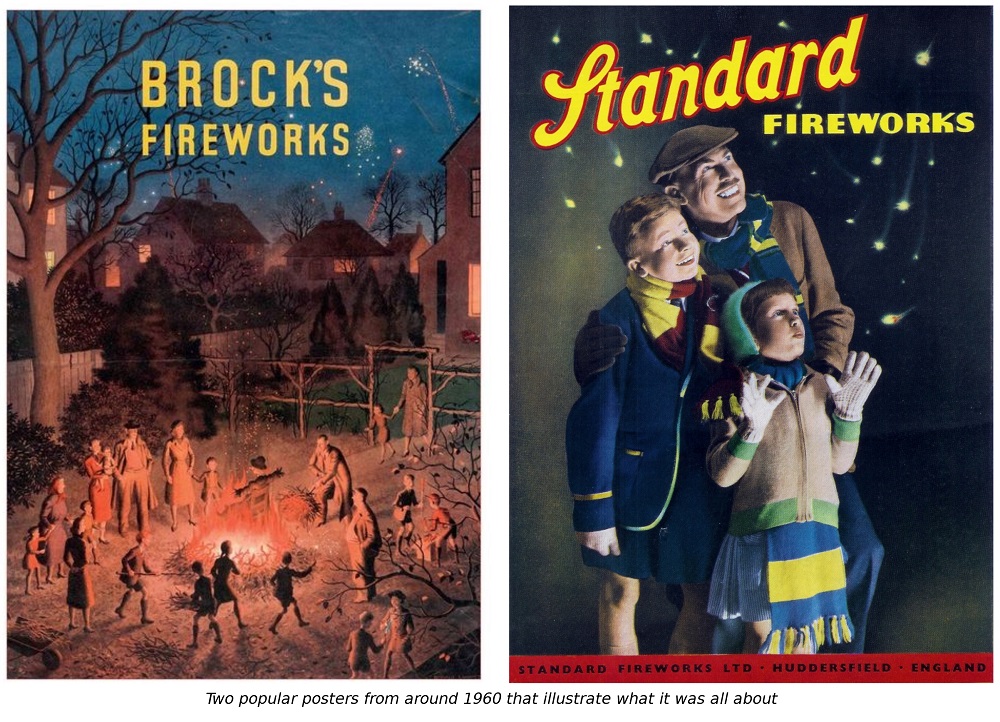 There was always a plentiful supply of things to eat. If you took your own basin, you could help yourself from the large brown jugs of black peas seasoned with salt and vinegar. And there was no shortage of parkin and treacle toffee, both home-made and shop-bought. The obligatory sooty, half raw potatoes were fished out of the ashes, and an unspoken conspiracy proclaimed them delicious.
There was always a plentiful supply of things to eat. If you took your own basin, you could help yourself from the large brown jugs of black peas seasoned with salt and vinegar. And there was no shortage of parkin and treacle toffee, both home-made and shop-bought. The obligatory sooty, half raw potatoes were fished out of the ashes, and an unspoken conspiracy proclaimed them delicious.